BMW Smart Event Platform

2023
BMW Smart Event Platform
A web-based platform for managing offline automotive events, offering online registration, QR-based entry, activity booking, and real-time guest communications.
Full Control of Event Operations: BMW’s Digital Event Management Solution
About project
A web-based platform for managing offline automotive events, offering online registration, QR-based entry, activity booking, and real-time guest communications.
Challenge
A premium automotive brand approached us to digitize the operational flow of its high-touch offline event. Prior to this, all guest management was handled manually—via printed guest lists, on-site registration tables, and verbal coordination—which created bottlenecks, entry delays, and missed engagement opportunities.
Key issues included:
- No pre-registration or validated guest check-in
- Manual activity sign-ups leading to overbooking
- Lack of real-time messaging between organizers and guests
- Limited visibility for staff into attendance and space utilization
Our goal was to design and deliver a modern, digital-first event system that would eliminate manual work, speed up guest flow, and create a seamless, branded experience.
Solution
1. Online Registration with QR Confirmation
Guests registered via a branded web portal and received a unique, scannable QR code via email and SMS. Their data was securely stored and instantly available to organizers through a centralized dashboard—eliminating the need for printed lists.
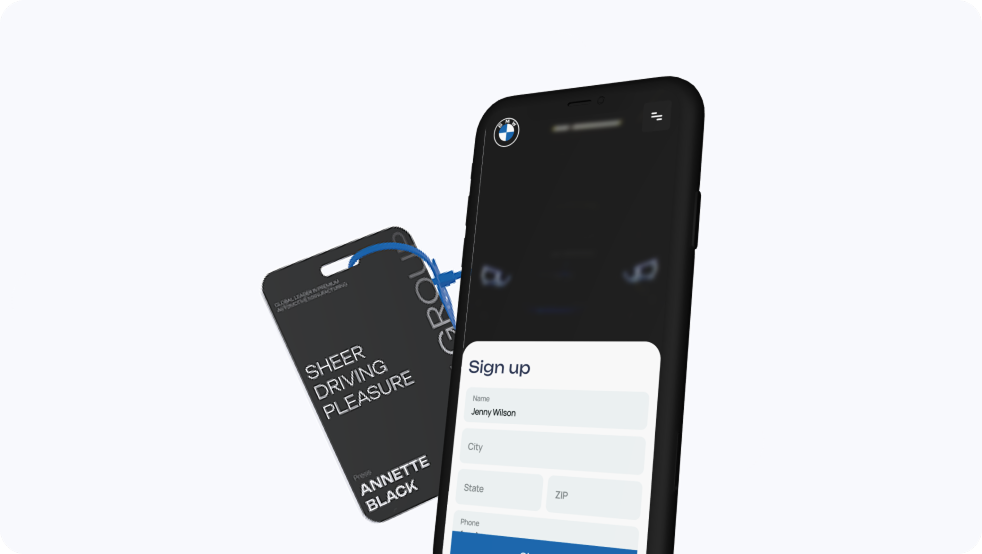
2. QR Access Control & Smart Entry
Each participant was issued a personalized QR pass. Event staff used smartphones with our Progressive Web App to scan and validate codes. The system supported VIP, dealer, and media roles, time-limited access, and offline scanning—with sync-on-connect for spotty internet environments.
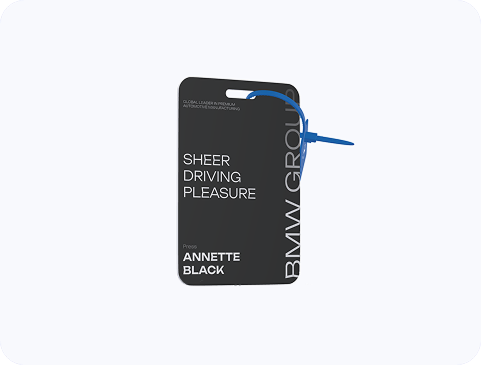
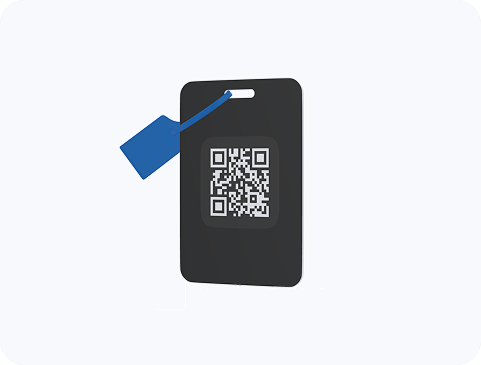
3. Activity Booking (e.g., Test Drives)
Guests could pre-book sessions like test drives or tech briefings in advance. Slots were allocated in real time on a first-come-first-served basis. Over 80% of slots were filled prior to the event, helped by timely reminders and an intuitive interface.
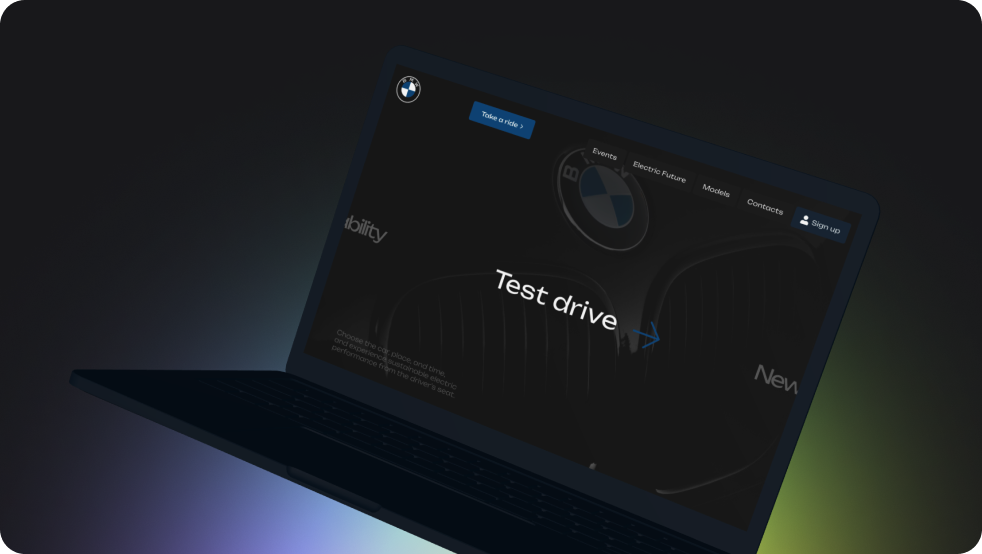
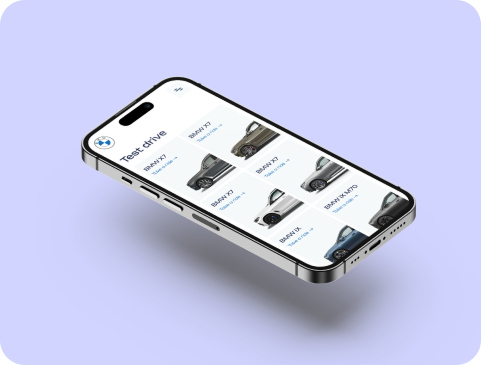
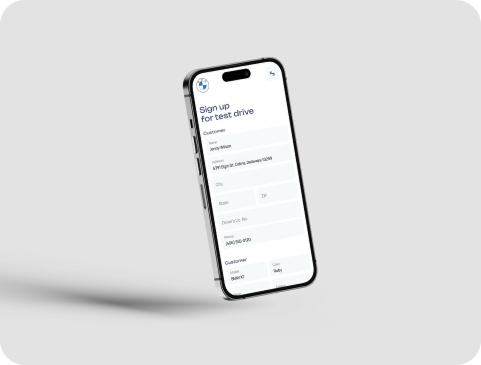
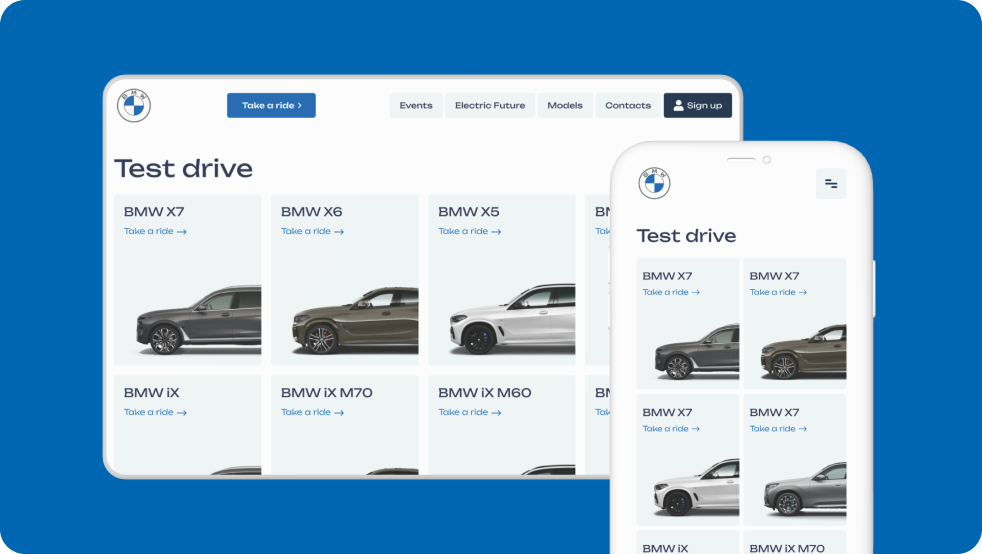
4. Messaging & Notifications
Attendees could submit questions or request information through a lightweight in-app messaging interface. Organizers used push notifications and SMS alerts to deliver updates, promote open sessions, and manage guest flow throughout the day.
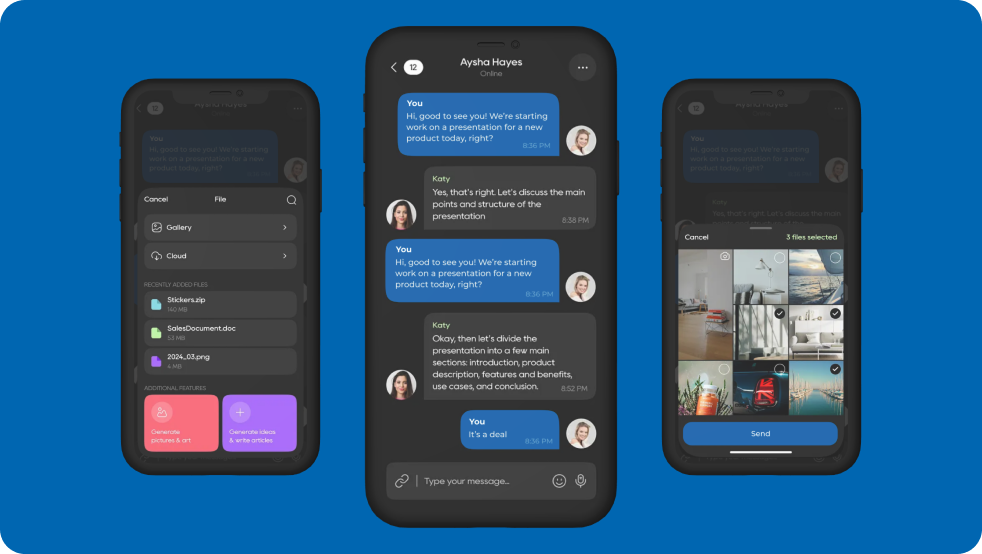
5. Organizer Dashboard
A centralized dashboard allowed real-time monitoring of check-ins, activity participation, and zone occupancy. This enabled faster staff reaction, capacity balancing, and end-of-day performance analysis across touchpoints.
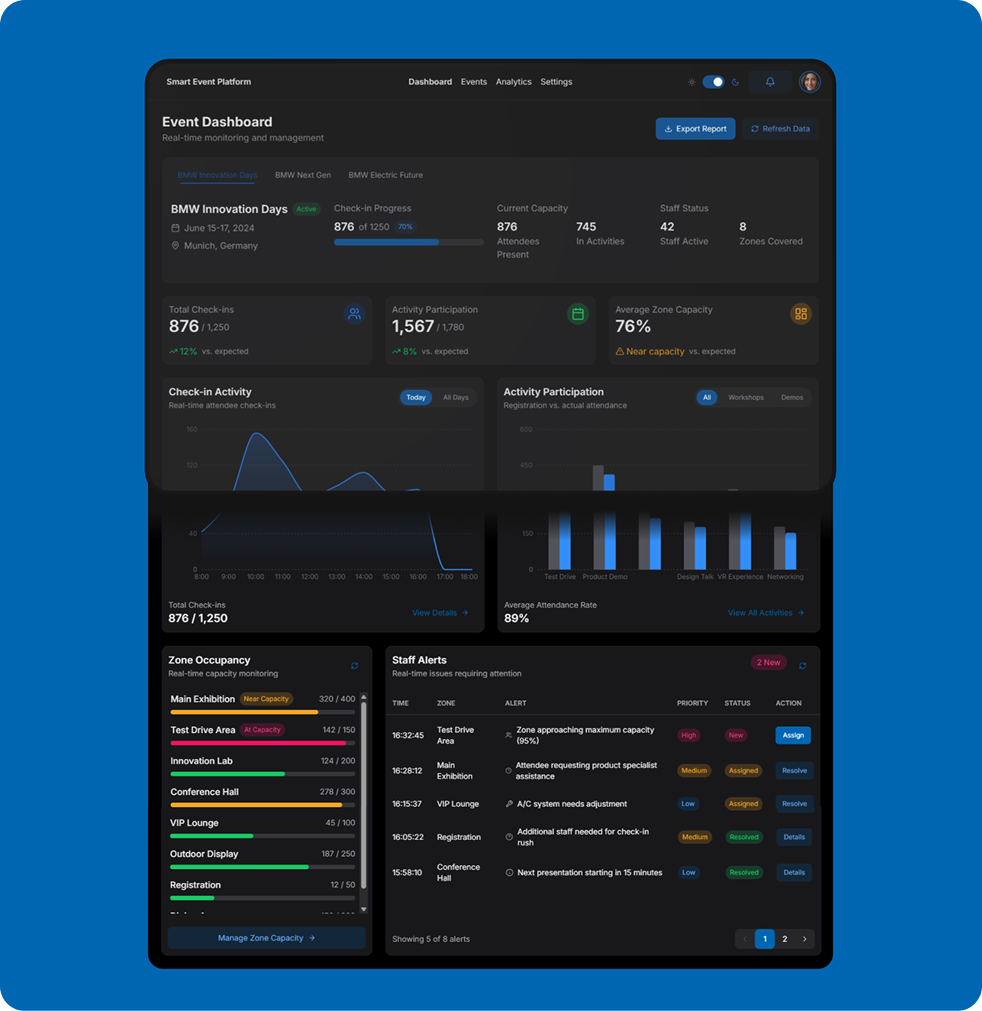
Project Team
- 1 Project Manager
- 1 UX/UI Designer
- 2 Frontend Developers
- 2 Backend Developers
- 1 QA Engineer
- 1 DevOps Engineer
Tech stack














Timeline
Total duration: 9 weeks
Weeks 1–2
Discovery, UX workshops, stakeholder interviews
Weeks 3–4
UI design, QR system prototyping, backend scaffolding
Weeks 5–6
Development of registration, access control, dashboard
Week 7
Messaging and booking modules
Week 8
QA testing, optimization, field-device testing
Week 9
Final deployment, pre-event support, on-site readiness
Impact
The platform transformed how the event was operated—reducing manual work, speeding up entry, and improving the guest experience:
- 87% of attendees used QR codes for smooth entry
- Over 80% of activity slots were filled in advance
- 64% of guests engaged with at least one notification or in-app message
- Staff reported a ~50% reduction in entry and coordination overhead
- Organizers gained full control and visibility over event dynamics in real time
Business Outcome
The event set a new standard for digital-first operations in the brand’s regional marketing activities. Organizers and guests experienced significantly smoother flows, stronger participation, and measurable ROI on event infrastructure.